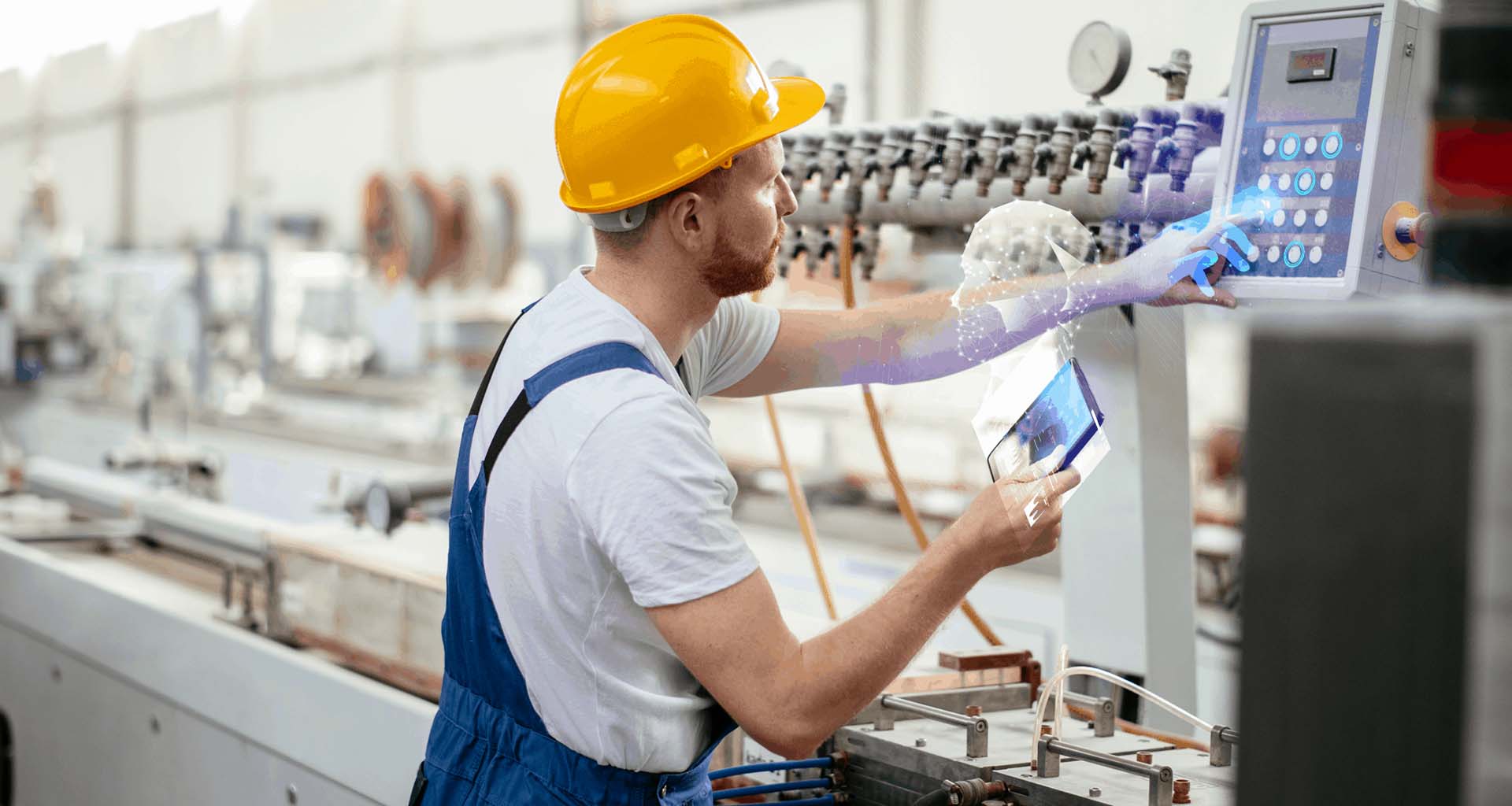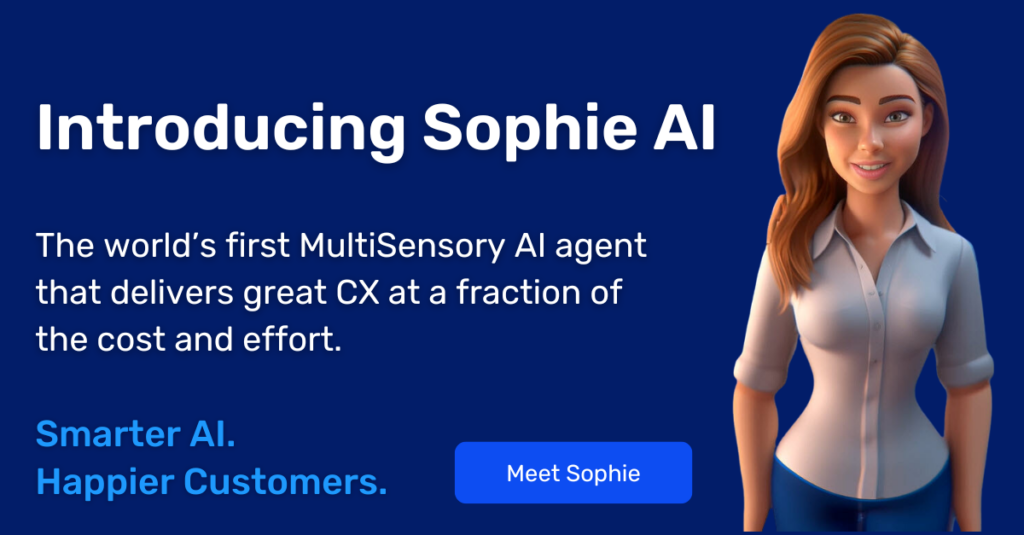Contents
Today’s number one challenge in field service is the knowledge gap between Baby Boomer technicians – an aging workforce – and the next generation of technicians who have less experience and want more independence.
An Ageing Workforce
The population aged 60+ is growing faster than any other group. According to the United Nations’ 2019 World Population report, by 2050, 1 in 6 people will be over the age of 65, up from 1 in 11 in 2019. Older field service technicians are retiring in droves, causing several challenges for field service organizations. In fact, Field Service News reports that 73% of organizations have identified an aging workforce as a potential threat to their field service operations.
Shortage of skilled workers
The Manpower Group surveyed approximately 40,000 employers about talent shortages and found that 45% of employers have difficulties with recruitment, the highest percentage since 2007. For the sixth year in a row, skilled trade positions such as electricians, mechanics, welders, engineers, technicians and drivers were the hardest roles to fill.
Widening knowledge gap in field service
Aside from creating a field service talent gap, when Boomers retire they cause a knowledge gap in field service. Field technicians generally work alone or have only limited interactions with fellow team members. Best practices are left undocumented, and training courses or certifications are solo events rather than group experiences.
This results in field service technicians acting as knowledge-keepers, with important information – tribal knowledge – remaining in their heads alone. The best places to source outdated parts, tricks for fixing specific pieces of equipment, or even tips for avoiding menacing house pets, is not information that can always be indexed. Because technicians are an aging workforce, this important knowledge is often lost when they retire.
Shorter employee tenure
Research indicates that the generational gap extends to employment tenure. Millennials have an average employment tenure of approximately three years, while the average tenure for Gen X is 6.5 years. Neither of these age groups can compete with the more loyal Boomers, who have an average tenure of 10 years. This generational gap in tenure is causing more turnover overall, further exacerbating the shortage of skills and labor.
Employers are well aware of this problem. According to the Service Council, 70% of service organizations indicated that the “knowledge loss” of a retiring workforce over the next 5 to 10 years would create a significant burden.
Closing the Knowledge Gap in Field Service With Visual Assistance
Visual Assistance is the technology that enables technicians, as well as customers, to receive real-time AR instructions on their mobile screens. Widely used in industries such as telecom, manufacturing, utilities, and consumer electronics, it is proven to deliver fast, low-effort guidance across a huge range of use cases. Computer Vision AI is now taking these AR field service solutions to the next level, offering decision support to remote experts and autonomous assistance for technicians in the field. It has the power to close the knowledge gap in field service by automating the tribal knowledge base. Here’s how:
Access to senior remote experts
Senior technicians on the verge of retirement will often move to the back office, serving as remote experts rather than spending time in the field. As well as facing the challenge of hiring younger technicians, field service organizations are also increasingly reliant on outsourced workers, making it even more difficult to assure quality. These workers are highly dependent on senior experts for remote guidance, safety advice, and job verification.
With Visual Assistance, a junior field technician who is not familiar with a particular piece of equipment can point his smartphone at it and show the issue to a remote expert. This allows his more experienced colleague to walk him through the steps required, using on-screen Augmented Reality annotations. Once fixed, the technician can point his smartphone at the equipment again, allowing the expert to verify that it is functioning properly.
Remote customer assistance
Visual Assistance also enables technicians to help customers resolve many issues by themselves. Using Visual Assistance, a remote technician can interact with a customer via his smartphone or tablet, providing first-line diagnosis, guiding the customer to a resolution, and correcting any errors. Having the customer act as the hands of the technician enables more cases to be resolved remotely, minimizing device downtime. Field Service News reports a 15% to 20% increase in remote resolution rates by having experienced technicians rather than customer service agents provide guidance over the phone. With Visual Assistance, that rate can be pushed up to around 30%.
Mutually beneficial training programs
Traditionally, field service organizations have shied away from on-the-job training where a more experienced technician shows the ropes to a junior one, since doubling up on manpower for every job is an inefficient use of costly resources. Implementing Visual Assistance-based training programs where older field service engineers transfer their knowledge remotely to a novice workforce can be a win-win. It has the potential to provide older employees who no longer want to go out into the field with a job for a longer period of time while ensuring their expertise and knowledge is transferred effectively.
According to a Field Service News survey, 54% of respondents would be interested in involving senior technicians more directly in the training process but lack the technology to do so. With Visual Assistance, veteran technicians and junior workers can sit together at a back-office location as they provide remote assistance, performing on-the-job training, maximizing technician utilization, and reducing costly site visits.
Visual knowledge base
Field service organizations can leverage images collected from any visual interactions with their workforce – such as remote visual sessions, on-site recordings, and interactions with experts – to build a comprehensive visual knowledge base. This is a more effective form of knowledge management than textual articles, as junior technicians can actually see similar cases that veteran technicians have already encountered and resolved. When a technician requires assistance, they can show the issue with their mobile device to a remote expert, who provides a predefined resolution from the knowledge bases, saving valuable time.
Autonomous assistance
Since junior and outsourced technicians are increasingly reliant on remote senior experts to guide them, bottlenecks can often arise, delaying the completion of service. Automating these processes using visual analysis tools or “smart eyes” can be game-changer, thanks to Computer Vision AI. With Deep Learning, the system is constantly trained to recognize more issues with ever-greater levels of accuracy. This allows field technicians to take advantage of fully automated, autonomous assistance, without involving a remote expert. The technician can also capture an image of his completed work and the system can compare it with the ideal image to verify that the job was completed correctly.
Accelerating Knowledge Transfer with Computer Vision AI
Computer Vision AI has the power to close the skills and knowledge gap in field service between seasoned technicians, an aging workforce, and junior employees. By utilizing Visual Assistance technology to capture the expertise of senior staff before they retire, the younger generation of field service technicians can benefit from their insights and wisdom, resulting in a better trained and more capable workforce and a narrowing of the field service talent gap. This knowledge transfer can be accelerated by providing real-time access to remote experts, promoting remote support, facilitating training programs, building visual knowledge bases, and enabling autonomous assistance.








